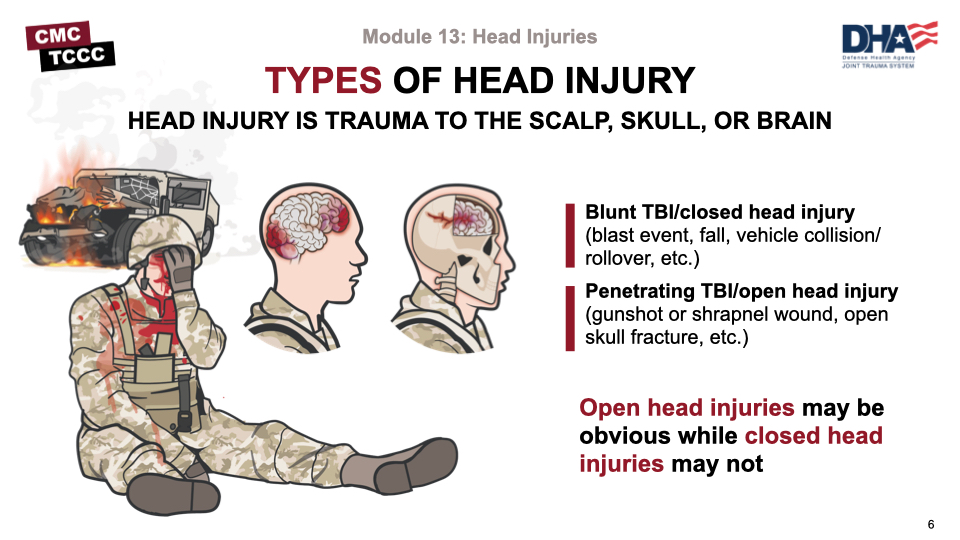Head injuries can range from mild concussions to severe traumatic brain injuries (TBIs), and they can have significant short-term and long-term effects on an individual’s health and well-being. Understanding the different types of head injuries is crucial for proper diagnosis, treatment, and prevention. In this comprehensive guide, we’ll explore the various types of head injuries, their causes, symptoms, treatments, and the role of cerebrolysin injections in managing certain conditions.
Concussion
Concussions are perhaps the most common type of head injury, typically resulting from a sudden blow or jolt to the head or body. They often occur in contact sports, motor vehicle accidents, or falls. Concussions temporarily disrupt brain function, leading to symptoms such as headache, dizziness, confusion, nausea, and sensitivity to light and sound. While most concussions resolve on their own with rest and symptom management, repeated concussions can have serious consequences, including cognitive impairment and chronic traumatic encephalopathy (CTE).
Skull Fracture
A skull fracture involves a break in one or more of the bones of the skull. It can occur from direct trauma to the head, such as a blow or impact. Symptoms may include pain, swelling, bruising, tenderness, and, in severe cases, deformity or depression of the skull. Depending on the severity and location of the fracture, treatment may range from observation and pain management to surgery to repair the fracture and prevent complications such as brain injury or infection.
Intracranial Hemorrhage
Intracranial hemorrhage refers to bleeding within the skull, which can occur due to trauma, ruptured blood vessels, or medical conditions such as aneurysms or hemorrhagic strokes. Types of intracranial hemorrhage include epidural hematoma, subdural hematoma, subarachnoid hemorrhage, and intracerebral hemorrhage. Symptoms vary depending on the location and severity of the bleeding but may include headache, nausea, vomiting, altered consciousness, weakness, seizures, and focal neurological deficits. Treatment often involves emergency medical intervention to stop the bleeding and relieve pressure on the brain, which may include surgery, medication, or other interventions.
Traumatic Brain Injury (TBI)
TBIs result from a bump, blow, or jolt to the head that disrupts normal brain function. They can range from mild (concussion) to severe and are a leading cause of disability and death worldwide. Symptoms of TBI may include headache, confusion, memory loss, difficulty concentrating, mood changes, slurred speech, sensory disturbances, and impaired motor function. Treatment depends on the severity of the injury and may include rest, medication, physical therapy, occupational therapy, speech therapy, and cognitive rehabilitation.
Penetrating Head Injury
Penetrating head injuries occur when an object penetrates the skull and enters the brain. These injuries can result from gunshot wounds, stabbings, or accidents involving sharp objects. Symptoms vary depending on the location and severity of the injury but may include bleeding, loss of consciousness, seizures, paralysis, and cognitive deficits. Treatment typically involves emergency medical intervention to stabilize the patient, control bleeding, and remove the foreign object from the brain, followed by rehabilitation to minimize long-term disability.
Role of Cerebrolysin Injections
Cerebrolysin is a peptide preparation derived from pig brain tissue that has been used in the treatment of various neurological disorders, including Alzheimer’s disease, stroke, traumatic brain injury, and vascular dementia. It contains a mixture of neurotrophic factors, peptides, and amino acids that are thought to promote neuronal survival, growth, and function. The cerebrolysin injections have been studied as a potential treatment for traumatic brain injury, with some research suggesting that it may help improve cognitive function, reduce inflammation, and promote neuro regeneration.
In patients with traumatic brain injury, cerebrolysin injections may be administered as part of a comprehensive treatment regimen to promote recovery and reduce the risk of long-term complications. However, more research is needed to fully understand the efficacy and safety of cerebrolysin in this context, and it should only be used under the supervision of a qualified healthcare professional.
In conclusion, head injuries encompass a wide range of conditions, from mild concussions to severe traumatic brain injuries, each with its own causes, symptoms, and treatments. Prompt recognition and appropriate management of head injuries are essential to minimize complications and promote recovery. While cerebrolysin injections show promise as a potential treatment for traumatic brain injury, further research is needed to fully evaluate their efficacy and safety in this context.

